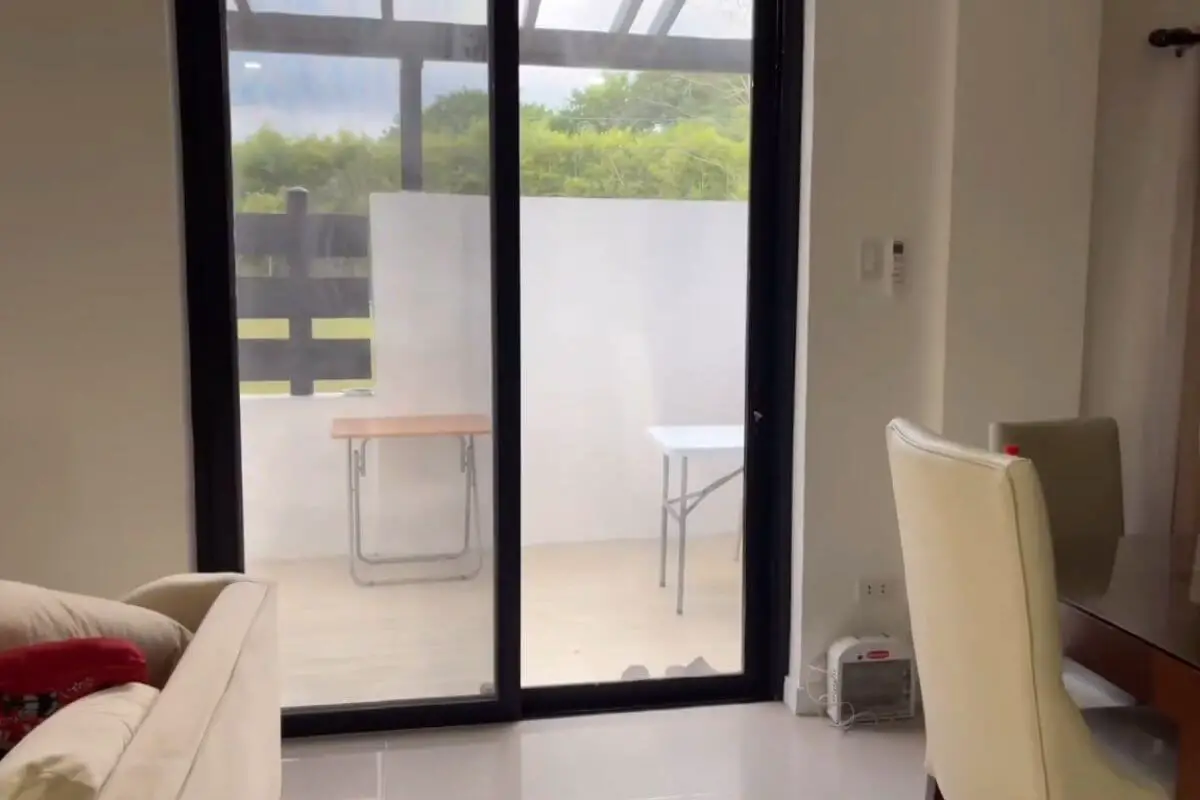Introduction
Window frames play a significant role in the overall aesthetics of a building’s exterior and interior. When choosing window frame finishes, two popular options that exude style and sophistication are bronze and black. In this article, we will compare these finishes, exploring their characteristics, style implications, and applications. By understanding the differences and strengths of bronze and black window frames, you can make an informed decision to enhance the visual appeal of your space.
1. Bronze Window Frames: Timeless Elegance
Bronze window frames offer a classic and timeless elegance that can enhance the overall aesthetics of any building. The warm, earthy tones of bronze create a sophisticated and inviting look. Bronze frames often have a slightly weathered or patina-like appearance, adding depth and character to the windows.
2. Black Window Frames: Modern and Versatile
Black window frames have gained popularity in contemporary architecture for their sleek and modern look. They offer a minimalist and versatile aesthetic that complements a wide range of design styles. Black frames create a bold contrast against the surrounding elements, making them a focal point in the design.

3. Color and Appearance
Bronze window frames typically have a deep, rich brown color with metallic undertones. The finish can vary from a lighter bronze hue to a darker, almost black shade. The natural variations and slight patina give bronze frames a unique and organic appearance.
Black window frames, as the name suggests, have a solid black color without metallic undertones. The finish is uniform and sleek, providing a clean and contemporary look. Black frames create a bold contrast against the glass and surrounding surfaces, accentuating the architectural lines of the windows.
4. Style Implications
Bronze window frames are often associated with traditional and classic design styles. They add a touch of elegance and sophistication, particularly in buildings with historical or vintage architectural elements. Bronze frames beautifully complement warm color palettes, natural materials, and ornate detailing.
Black window frames are highly versatile and can be used in various design styles. They are particularly suitable for contemporary, modern, and industrial aesthetics. Black frames create a sleek and minimalist look that can enhance the overall visual impact of the building’s design.
5. Compatibility with Architectural Styles
Bronze window frames harmonize well with architectural styles that emphasize heritage and tradition. They are commonly found in buildings with Victorian, Colonial, Mediterranean, or Craftsman influences. Bronze frames blend seamlessly with the historical charm and add an element of timelessness.
Black window frames are compatible with a wide range of architectural styles, including modern, minimalist, industrial, and even transitional designs. They create a striking contrast against both traditional and contemporary elements, making them adaptable to various architectural visions.
6. Durability and Maintenance
Both bronze and black window frames are known for their durability and low maintenance requirements. They are typically made from high-quality materials that resist corrosion, warping, and fading. Regular cleaning with mild soap and water is usually sufficient to keep them looking their best.
7. Energy Efficiency
Both bronze and black window frames can contribute to energy efficiency, depending on the overall window design and glazing options. High-quality window frames, regardless of color, should be properly insulated and have good thermal performance. This helps in reducing heat transfer and improving the overall energy efficiency of the building.
Conclusion
In conclusion, both bronze and black window frames offer distinctive style and visual appeal. Bronze frames exude timeless elegance and are often associated with traditional architecture. Black frames, on the other hand, provide a modern and versatile look that suits various design styles. Consider the architectural style, desired aesthetic, and overall design vision when choosing between bronze and black window frames.
Frequently Asked Questions (FAQs)
Q1. Can I use bronze or black window frames in any architectural style?
While bronze frames are commonly associated with traditional styles and black frames with modern aesthetics, both can be used in various architectural styles. Consider the overall design vision and compatibility with other architectural elements.
Q2. Do bronze and black window frames require special maintenance?
Both finishes generally require minimal maintenance. Regular cleaning with mild soap and water is usually sufficient. However, it’s important to follow the manufacturer’s recommendations and perform routine inspections to ensure the frames are in good condition.
Q3. Are bronze and black window frames energy-efficient?
The energy efficiency of window frames depends on various factors, including the overall window design, glazing, and insulation. High-quality window frames, regardless of color, should be properly insulated to minimize heat transfer and improve energy efficiency.
Q4. Can I mix bronze and black window frames in the same building?
Yes, mixing bronze and black window frames can create a visually interesting and dynamic look. Consider the overall design concept and the desired balance between traditional and modern elements.
Q5. Where can I purchase bronze or black window frames?
Bronze and black window frames can be sourced from window manufacturers, suppliers, or specialized dealers. Research local suppliers or consult with professionals in the industry to find reputable sources.
In summary, the choice between bronze and black window frames depends on the desired architectural style, design vision, and personal preferences. Both finishes offer distinct qualities and can greatly enhance the visual impact of a building’s exterior. Consider the overall design concept and compatibility with other architectural elements to make an informed decision.



